Evolution of Nexus
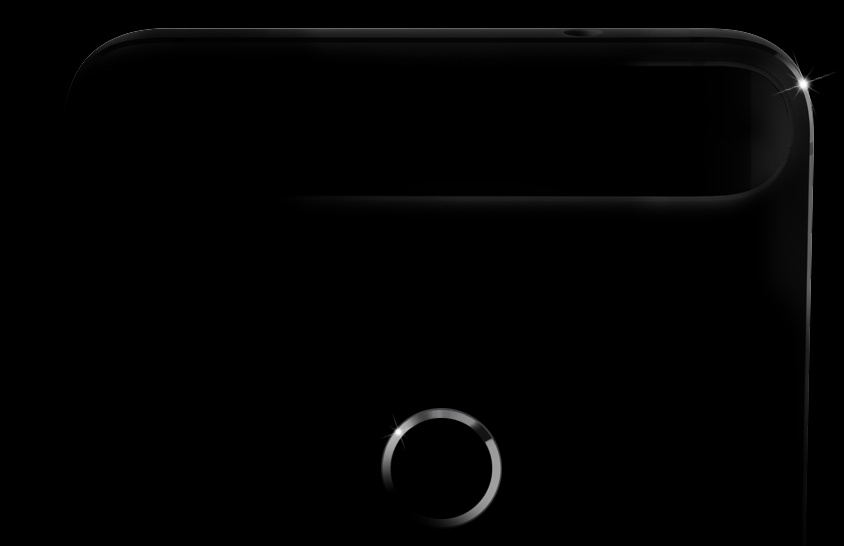
Mention the name Google Nexus, and images of vanilla Android devices will pop up in your mind. They aren’t necessarily the best looking devices at the time, but what matters to its fans is the pure Android experience. Users of Android smartphones might complain of slow or non-existent updates, but not Nexus users. Third-party developer support is also aplenty for Nexus devices, extending their lifespan long after Google officially cease support for them. Today let’s take a stroll down memory lane and have a look at all the Nexus smartphones of yore.
It all started with the Nexus One. While I was too young at that time, the Nexus One manufactured by HTC was launched in January 2010.
Back then, the Nexus One was at the cutting edge of mobile processing, with the world’s first 1 GHz single core CPU paired with 512MB of RAM. Android 2.1 Eclair was the flavor of the year back then and the Nexus One also sported some pretty cool features that are no longer seen in current generation smartphones, like a trackball that doubles as a notification light. The Nexus One was officially updated to Android 2.3.6 Gingerbread, with Google citing hardware incompatibility with newer versions.
The next Google Nexus was manufactured by Samsung, named the Nexus S. Released in December 2010, it featured the first-of-its-kind curved glass panel — the AMOLED display itself is flat.
Launched with Android 2.3 Gingerbread, the Nexus One is powered by a single core Exynos “Hummingbird” CPU. The RAM is maintained at 512MB. It is also the first Android device to support NFC. The Nexus S was officially supported all the way until Android Jelly Bean 4.1.2, which was launched in October 2012.
The second Nexus device by Samsung is the Galaxy Nexus.
Publicly announced in December 2011, it introduced Android 4.0 Ice Cream Sandwich to the world. Android 4.0 marked the end of hardware capacitive keys in the Nexus family. It featured a larger 4.65″ HD Super AMOLED curved display, a dual core CPU and 1GB of RAM. It was official updated to Android 4.3 Jelly Bean before Google ceased support for it.
The fourth Nexus device is aptly named Nexus 4, and came into the world in November 2012 from the deep forges of LG.
Launched with Android Jelly Bean 4.2, the Nexus 4 sets itself apart from its predecessors with a glittery glass back. The Nexus 4 was also the first to feature a non-removable battery in the Nexus family. The front glass panel is also rather unique as it has curved edges on the sides for more comfortable swiping gestures. Performance wise, it features the quad core Qualcomm Snapdragon S4 Pro running at 1.5 GHz paired with 2GB of RAM.The glitzy back is also the cause of a lot of heartache for early adopters, as the back was easily scratched, an issue that was fixed by adding little nubs on the edge of the frame where it meets the glass, so that the glass doesn’t touch the surface it is placed on. The Nexus 4 also brought attention to the Nexus name in the budget-oriented Malaysian market with its affordable price.
The Nexus 5, also manufactured by LG — LG is so creative at their naming scheme — was launched in October 2013 with Android 4.4 KitKat.
The Nexus 5 packs a beefier Snapdragon 800 with 2GB of RAM under a 4.95″ 1080p IPS display. The overall design is toned down a little from the glamorous Nexus 4 with the glittery glass back, as the Nexus 4 features a matte polycarbonate unibody construction. It is most notable for its enticing performance-price ratio, but according to reviews of the Nexus 5 the camera performance was rather lackluster. The latest Android 6.0 Marshmallow update is already available for the Nexus 5.
Google commissioned the development of the 6th generation Nexus device to Motorola, resulting in the birth of the Nexus 6 in November 2014, serving as the launch device for Android 5.0 Lollipop.
A powerful quad core Qualcomm Snapdragon 805 mated to 3GB of RAM thumps inside the Nexus 6 under the huge 5.96″ 1440p AMOLED display. The Nexus 6 also features a revolutionary nano-coating that offers a level of waterproofing of its innards, but without official IP ratings it is still a risky endeavor to try and dunk the Nexus 6, especially given that it isn’t an affordable smartphone. Speaking of pricing, the Nexus 6 marks the departure of the Nexus family from the affordable price range, and instead of the cheap plasticky body of the Nexus 5, the Nexus 6 features a premium aluminium frame. The camera of the Nexus 6 is also an upgrade over the Nexus 5. While the resolution is kept at 13 MP, the addition of OIS is welcome. The Nexus 6 has also gotten the Android 6.0 Marshmallow update.
Enough reminiscing about the past. In September 2015, Google bucked the trend of one new Nexus device a year, and announced TWO new devices, the Nexus 5X and Nexus 6P, which run on the latest Android 6.0 Marshmallow, of course.
For the Nexus 5X, Google went back to LG and the 5.2″ hexa core beast was born.
The Nexus 5X packs the hexa-core Qualcomm Snapdragon 808 CPU which is paired with 2GB of RAM. It doesn’t get left out of the fingerprint security trend with the presence of what Google calls Nexus Imprint. The body is made of lightweight matte polycarbonate available in three colors, Carbon, Quartz and Ice. It shares the same 12.3 MP camera with the Nexus 6P, which should mean that excellent images should be the result of shooting with the camera. The selfie camera is a 5 MP unit. Grey import units are available from DirectD now for RM 1899 (16GB) or RM 2199 (32GB).
Google’s flagship for 2015, the Nexus 6P, is built by Huawei.
Starting off with the innards, the Nexus 6P packs the beefy octa-core Snapdragon 810 v2.1, which is supposed to be the latest revision of the SD810 which was plagued with thermal issues in earlier batches. The powerful CPU is coupled to 3GB of RAM to ensure a smooth user experience. A 5.7″ 1440p AMOLED is found up front, protected by a Gorilla Glass 4 panel.
The rear camera, which is shared with the Nexus 5X, is a Sony Exmor R IMX 377 1/2.3″ 12.35 MP module, with a f/2.0 lens. For those less knowledgeable about camera jargon, the large sensor size of 1/2.3″ — a size often found in compact point-and-shoot cameras — means that each pixel will be bigger — 1.55 μm each — and that in turn means that each pixel on the sensor is capable of receiving more light which translates to higher quality images that its competitors. Throw in a laser autofocus system, and you get a powerful camera that will trade punches in the upper leagues of the smartphone camera arena. Selfie aficionados are not left out either as a 8 MP will cater to them.
All that is crammed into a premium aluminium unibody, Huawei’s favorite material to build flagships with. The top portion which houses the camera is covered by a glass panel which reinforces the premiumness of the 6P. It is apparent that Huawei poured a lot of their experience in building premium smartphones into designing the Nexus 6P.
Google’s partnership with Huawei to build the flagship Nexus 6P is expected once you see Huawei’s performance in the last few years which shows a steady growth in the market. Available in over 170 countries globally, Huawei is already known to be the best Chinese smartphone company in China and the third largest smartphone manufacturer worldwide.
The Nexus 6P is available officially in Malaysia for RM 2698.
Pokdepinion: The Nexus family is true Android excellence, with powerful specifications, fast updates and the wide availability of third-party ROMs for enthusiasts to just keep flashing to their hearts contents. I have never used any Nexus devices yet though, but I do plan on getting my hands on one as soon as my finances allow.












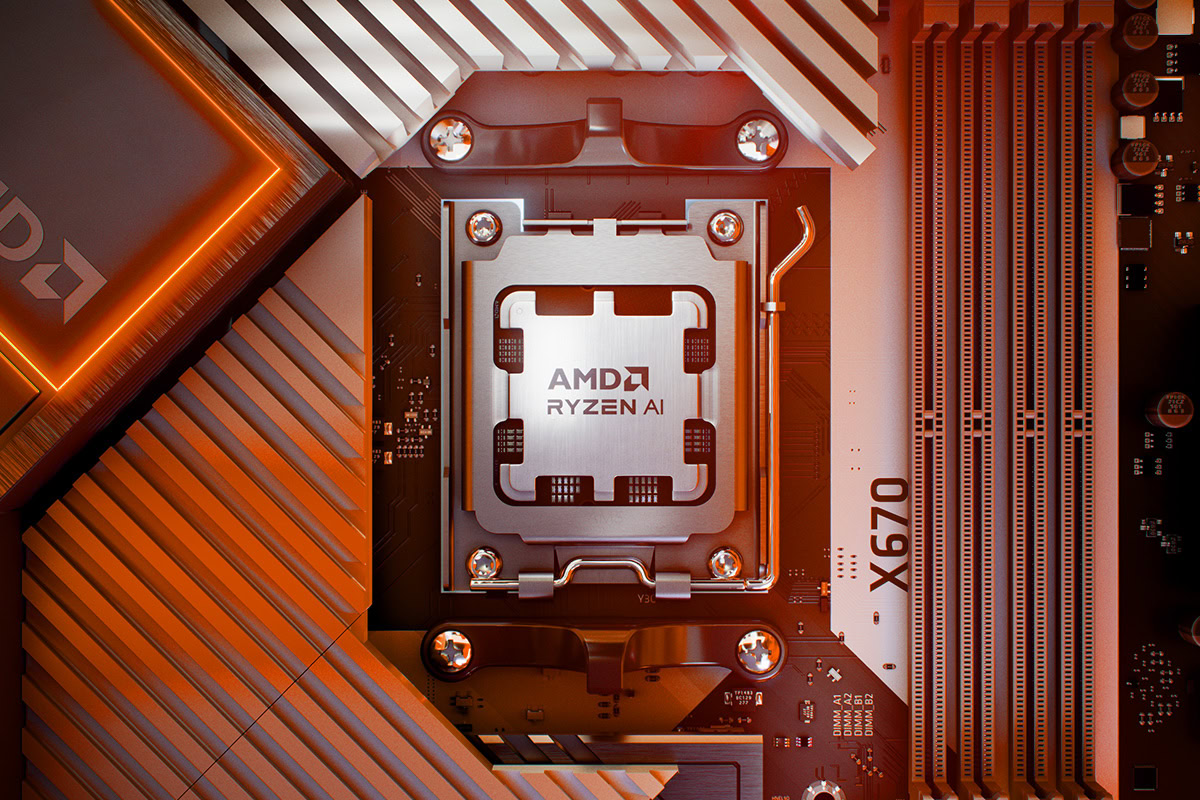
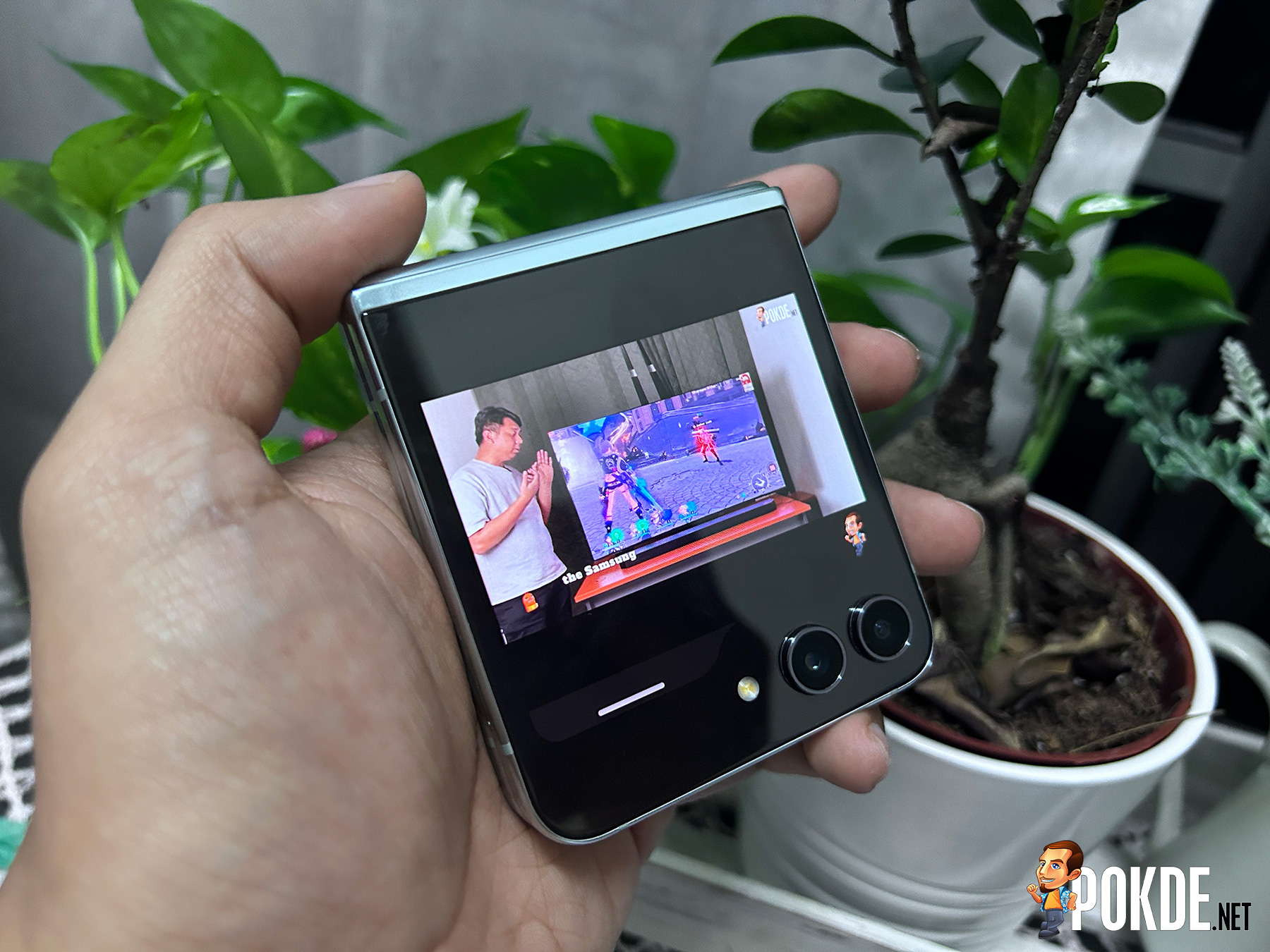
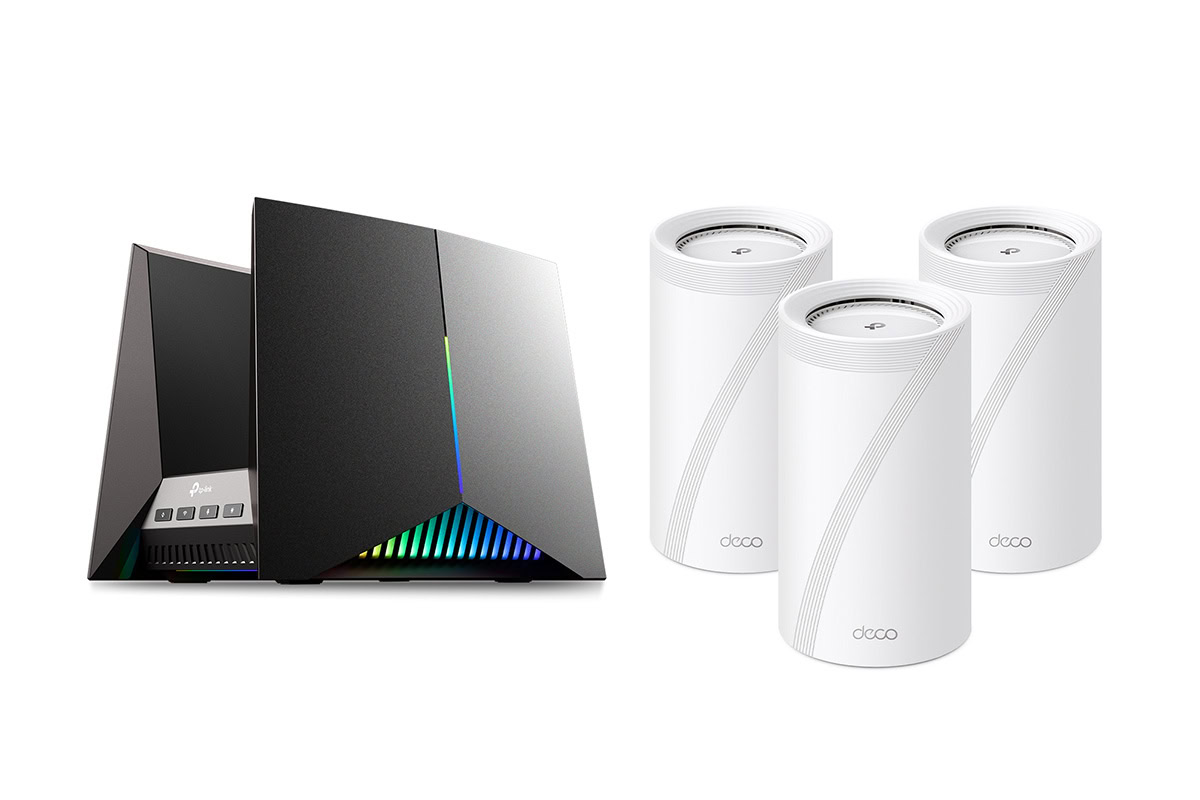

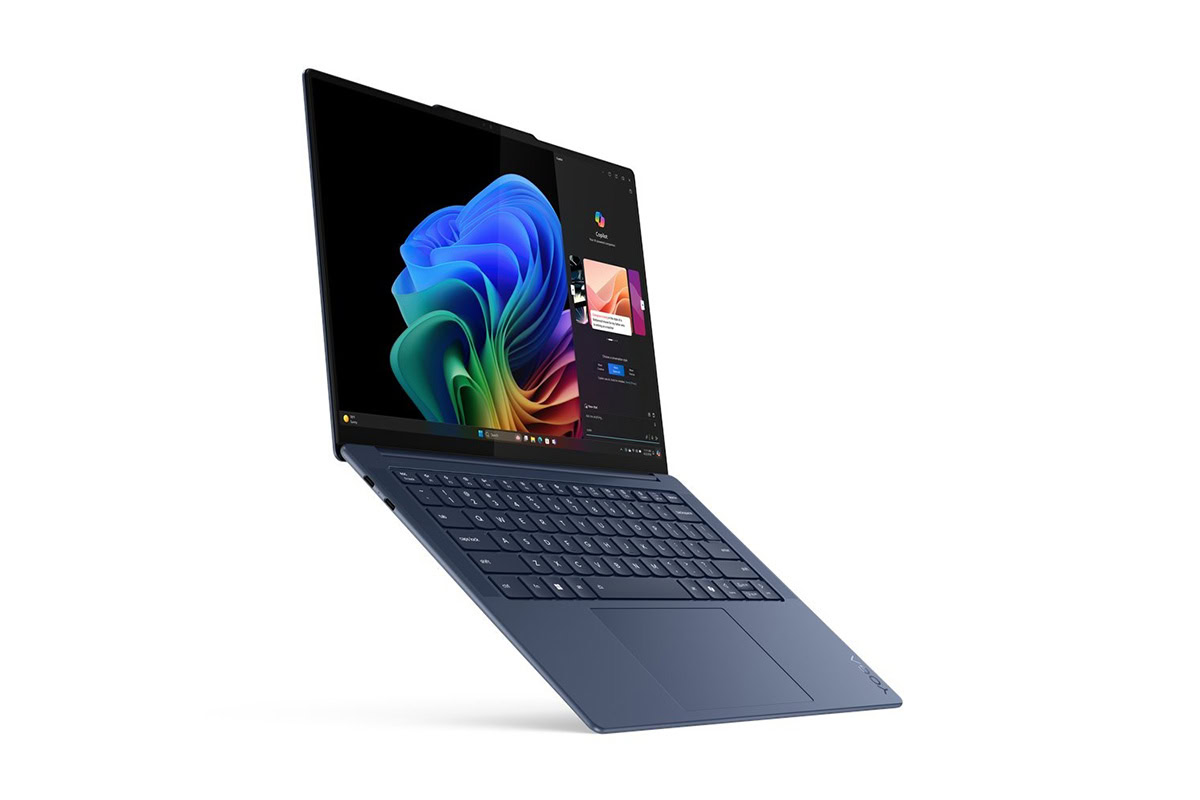
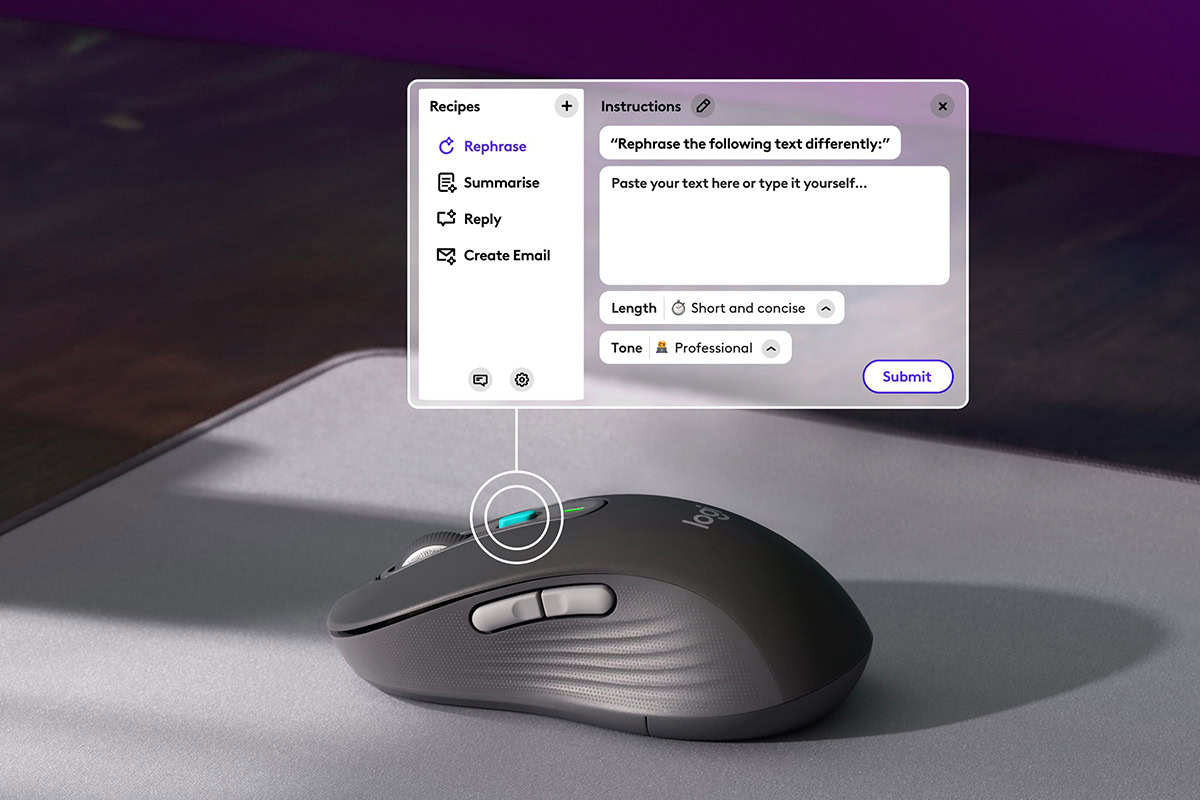






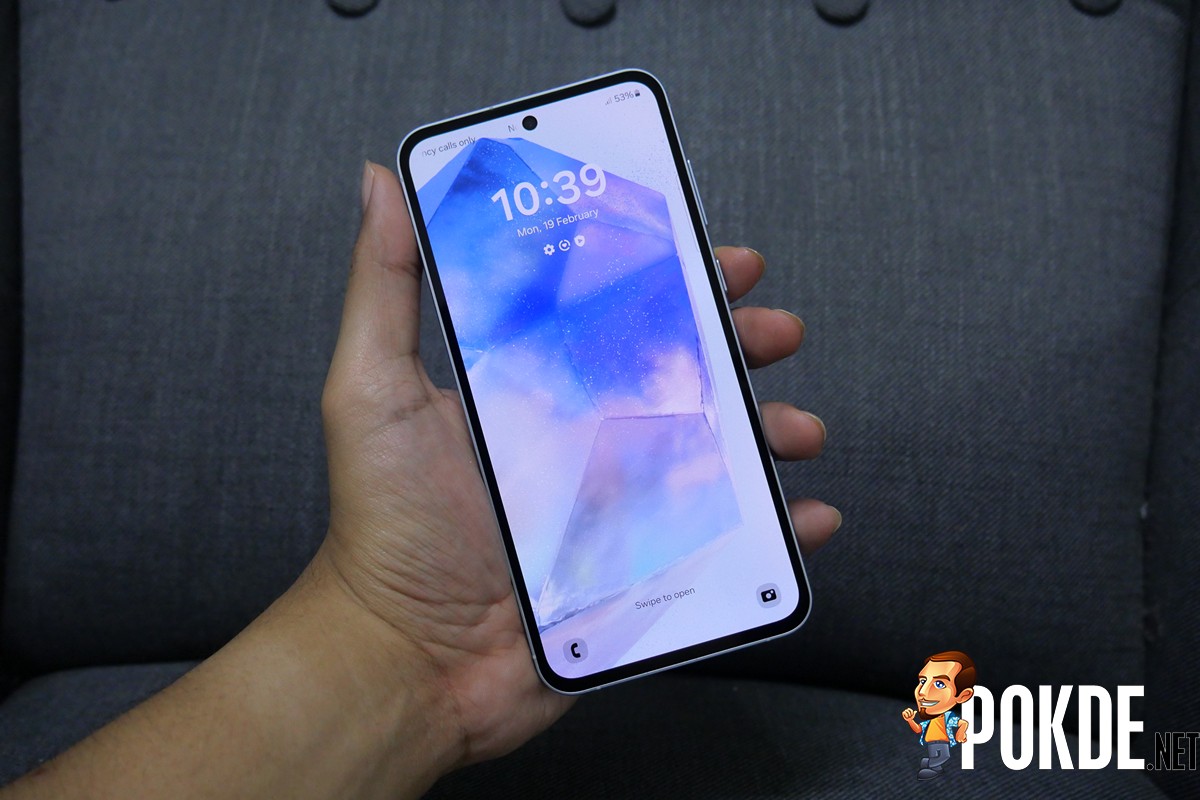
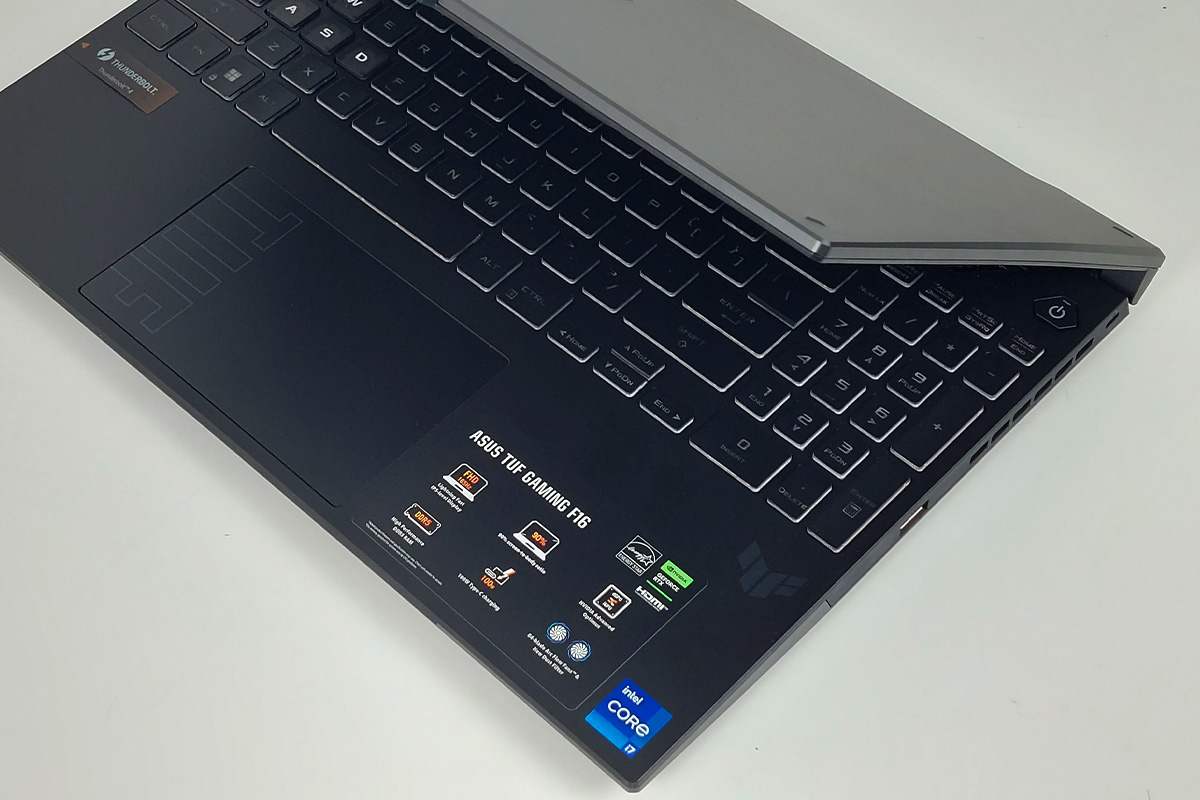












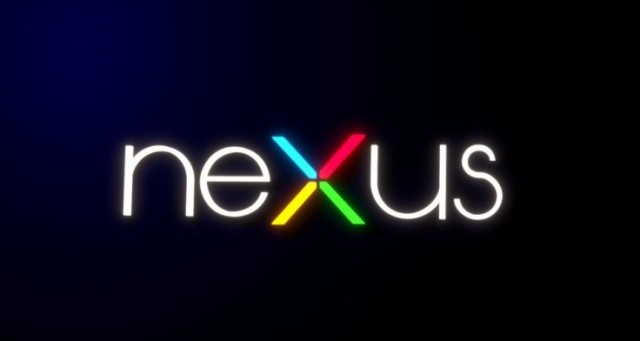
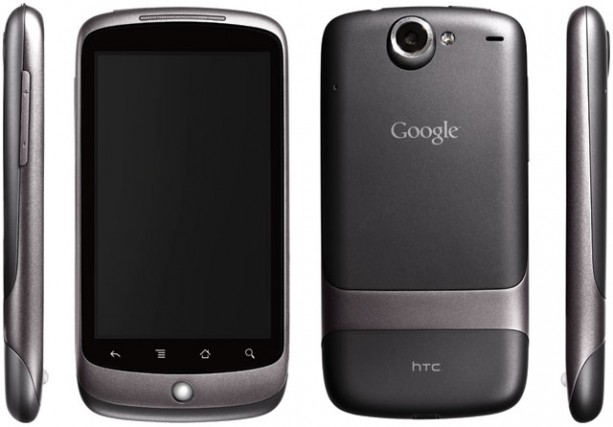
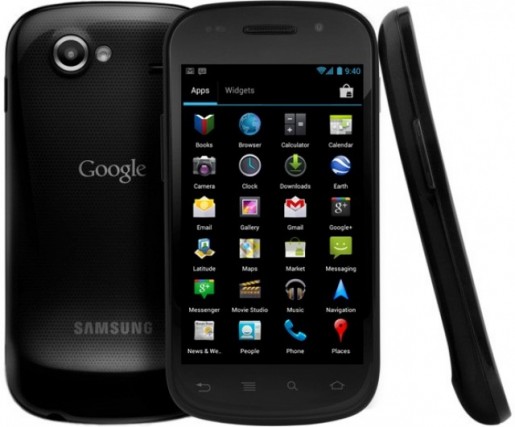
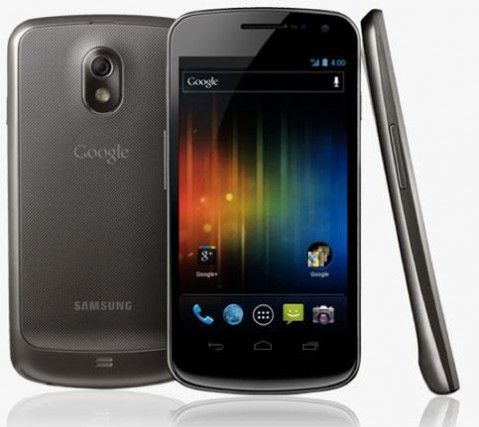

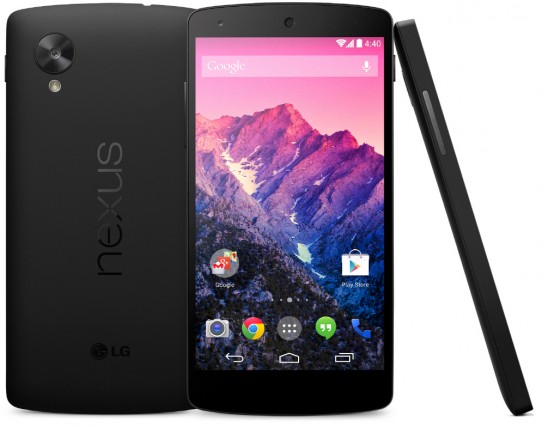
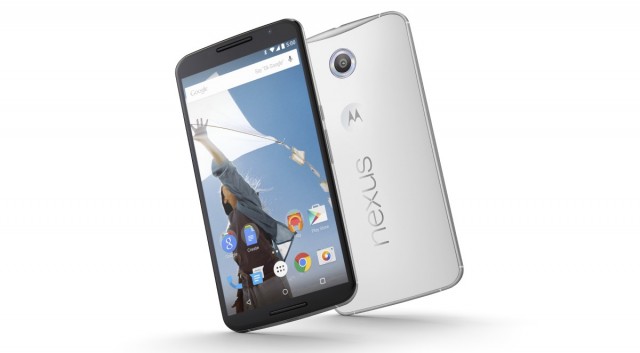

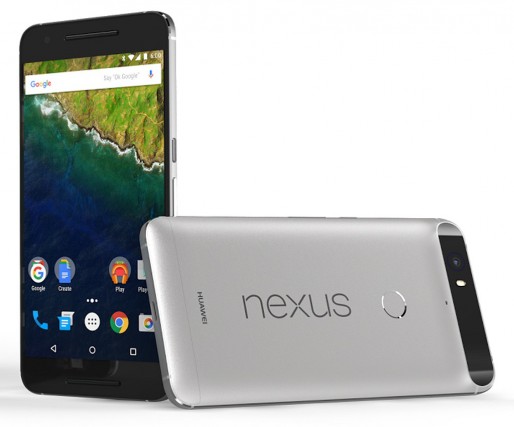


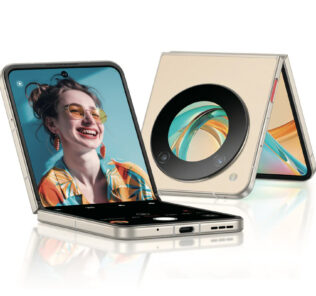


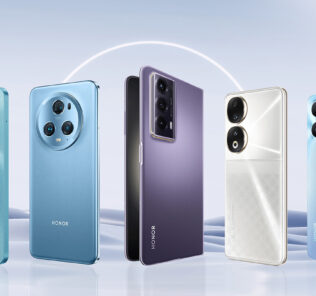

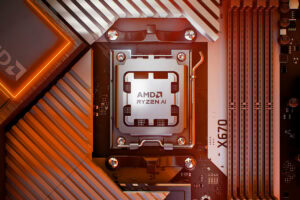


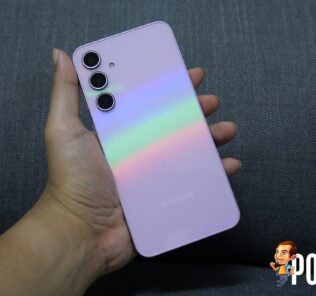
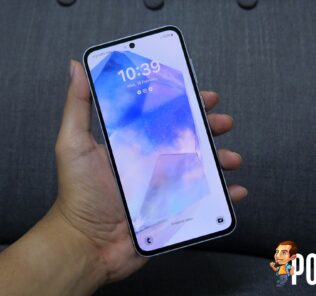

Leave a Response